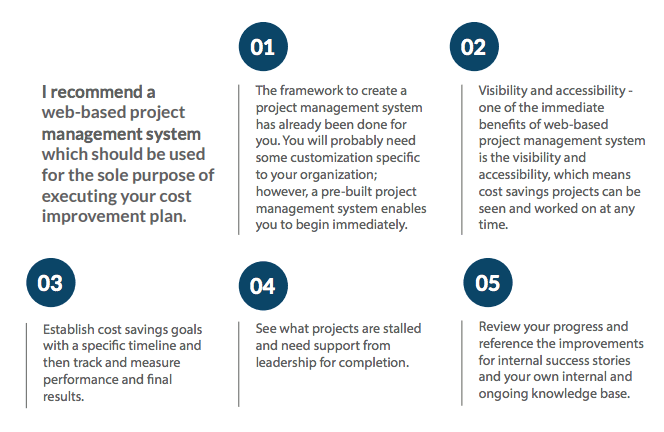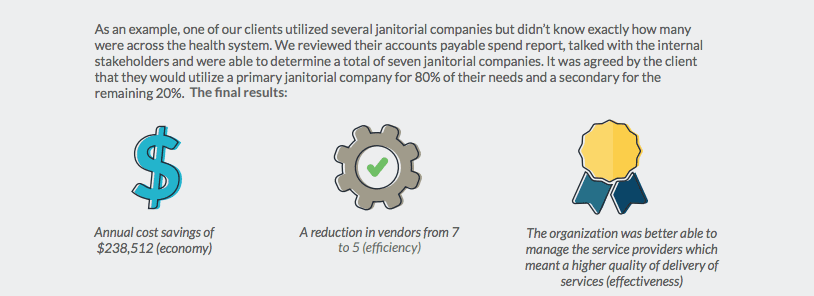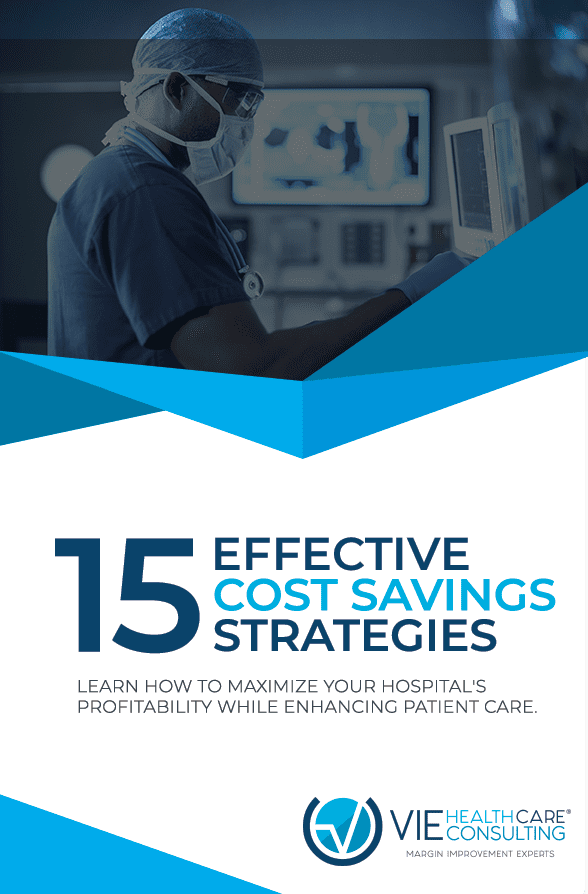Hospital Financial Pressures
“As a general principle…about one third (of hospitals) have margins that are above zero, probably about one-third of hospitals are pretty close to zero….and about one-third are running in the red.”
Gary Young, Director of the Center for Health Policy and Healthcare Research at Northeastern University¹
Healthcare costs are on the rise. The latest Health Trends Spending Brief from the Organization for Economic Co-operation and Development (OECD) notes that the US spend per capita on healthcare costs has exceeded $10,000 in 2017.
Healthcare consumption now represents 17.2% of the country’s GDP² but too often, that spend does not equate to improved patient care. Health outcomes are worse in comparison to other countries and hospital closures are predicted to increase this year, particularly in rural locations.
But the financial pressures aren’t limited to smaller or more isolated hospitals. The Harvard Business Review notes a ‘deterioration’ in the financial performance in the sector, with some of the biggest hospitals reporting significant losses as costs soar and revenues remain flat³.
The four steps to financial transformation
One of the biggest obstacles to delivering both better patient care and increasing your operating margin is the absence of a cost improvement culture. Click To Tweet
That can be rectified with the following four steps for a successful cost improvement strategy. In my experience, they are critical to create a high performing healthcare organization and deliver essential cost savings.
1. Leadership
60% of healthcare leaders are concerned about their ability to create a culture of accountability and transparency in their organizations⁴. Successful leadership in a change-oriented industry such as healthcare demands CEO accountability with full Board visibility and support, coupled with implementation, measurement and addressing a cultural shift towards transparency. But it also goes beyond that. Cost improvement must be the responsibility of a dedicated Board member – a VP of Cost Strategy for example – who reports directly to the CEO. This role must be fully accountable for liaising with the CFO, COO, Chief Medical Officer, Chief Nursing Officer, supply chain and managing the disparate components required to successfully implement a cost improvement plan.
2. Prioritization
Prioritization requires your organization to differentiate between what is important and what’s urgent before deciding on execution and process.
Your decision-making process must be aligned with the strategic priorities of your hospital.
Hospital leaders face three fundamental problems in this context:
- Only 52% believe that their day-to-day activities are aligned with their organization’s strategic priorities⁵.
- Less than 1 in 10 healthcare executives are satisfied with how they spend their time. Conflicting priorities, unplanned distractions and a lack of vital resources means that high value, meaningful tasks are often neglected⁶.
- 68% of organizations have no process in place to help them prioritize their projects⁷.
Combined with the lack of strategic alignment these are the major causes of project failure.
3. Project Management
The delivery of a successful cost improvement plan requires a customized, robust project management system to monitor each phase, take a deep dive and gather as much data as possible for future projects. To ensure ongoing buy-in from stakeholders:
- Evaluate, document and communicate all financial and performance improvements at each stage of the project.
- Reflect on what works, what doesn’t – and readjust your processes accordingly. An effective project management plan not only enables your organization to anticipate and minimize risk but creates a culture of cost saving.

With these things in mind, we recommend using an externally built system which should be used for the sole purpose of executing your cost improvement plan. This, in turn, allows your organization to focus its time and energy on patient care, patient outcomes, and patient satisfaction.
4. Execution
Execution is the most important phase of achieving your cost-saving potential but in my experience it is often where healthcare organizations fail. My recommendations cover a three-step process:
- Agree how the core strategy will be implemented. Specify the category, the opportunity gap or the need. For example, your environmental services system may be purchasing janitorial supplies from seven different companies when, for efficiency, you only require one or two suppliers. Carrying out a detailed analysis of everything associated with environmental services will enable you to understand how to standardize processes and identify potential cost savings.

- Identify a team consisting of a project lead and supporting project sponsors for each individual cost-saving opportunity to monitor and deliver the project. You’ll also need to have a solid definition of what data is needed to better understand and address the issue. The data can be gathered from various places, for example from accounts payable, contracting, your internal information systems and even vendors.
- Gain stakeholder buy-in. Dealing with change can simultaneously be one of the biggest challenges and opportunities in healthcare. A collaborative implementation strategy requires a well-executed presentation supported with accurate data. In these situations, I recommend implementing the lower hanging fruit first. If your proposal suggests savings of $1m are achievable, demonstrate how to achieve that reduction over two years. Provide clear milestones and deadlines for each phase of implementation and allocate clear lines of responsibility.
Partner with VIE Healthcare to Create a cost improvement plan and strategy for your organization.
Not sure where to start?
- Begin the journey toward cost improvement.
- Take control of your organization’s spending and start to identify specialized cost-reduction strategies by contacting Lisa Miller at VIE Healthcare today.
- Don’t let the rising cost of healthcare determine your future.
Take action and let VIE Healthcare help you control the direction of your organization to reduce non-labor costs, and improve your hospital margins.
Schedule a free consultation with Lisa Miller, CEO and Founder of VIE Healthcare today:



